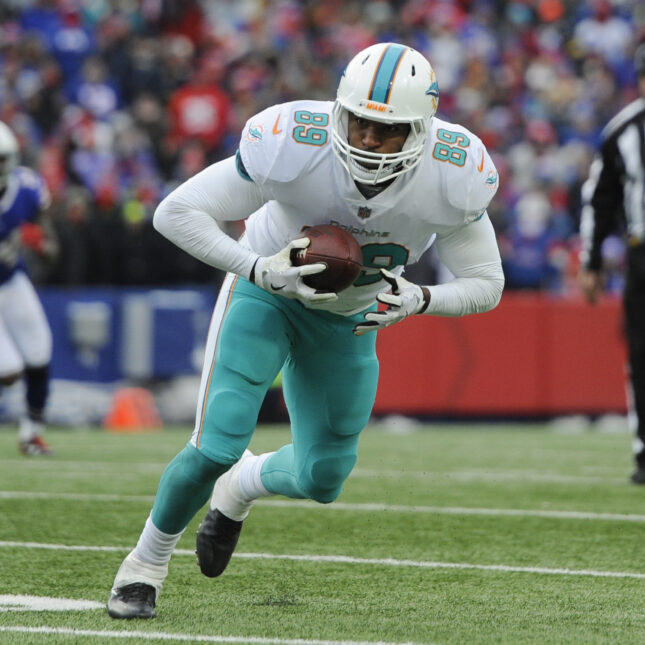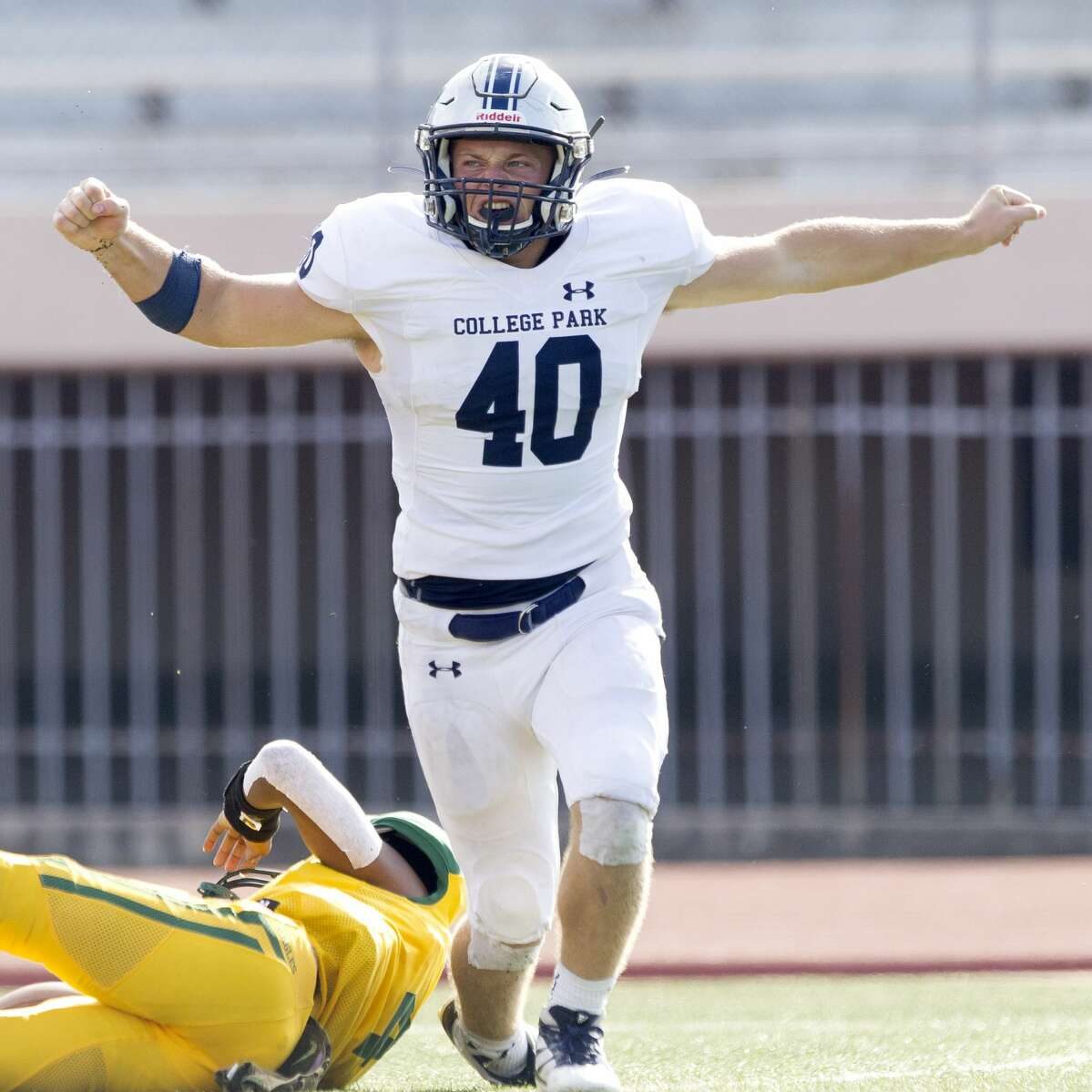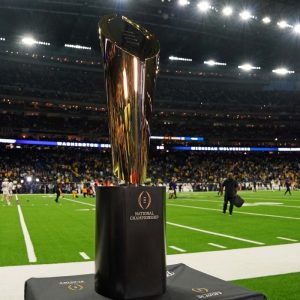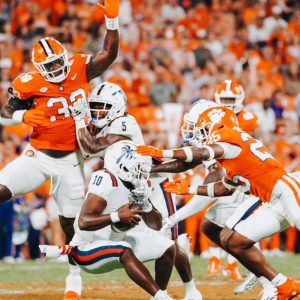Intentional grounding is a football penalty that is often misunderstood by fans, players, and even some coaches. It occurs when a quarterback throws a forward pass while under pressure, but does not make a genuine attempt to throw the ball to a receiver, thereby avoiding a sack. In simplest terms, it is perceived as a tactic to escape a tough situation without consequence. However, the rule is designed to minimize unfair advantages and maintain a level playing field. This article delves deep into intentional grounding, deciphering its rules, implications, historical perspective, and its impact on the game.
The Rule Breakdown
Definition of Intentional Grounding
At its core, intentional grounding refers to a violation that occurs when a quarterback:
- Throws a forward pass.
- Is outside the pocket or is being pressured by defenders.
- Does not attempt to throw to an eligible receiver in the vicinity.
- Attempts to avoid a loss of yards via a sack or tackle.
The key phrases here are “forward pass” and “eligible receiver.” If a quarterback is trying to throw to a receiver, even whilst under pressure, it generally won’t be deemed intentional grounding if the receiver is nearby. Therefore, the context of the situation plays a crucial role.
The Consequences
When a quarterback is penalized for intentional grounding, the penalty usually entails a loss of yardage and a loss of down. Specifically, the team loses 10 yards from the previous line of scrimmage, and they must replay the down. This can be detrimental, especially in critical moments of a game, as it can affect field position and momentum.
Distinguishing Factors
In differentiating between intentional grounding and other types of penalties, it’s important to highlight several factors:
- Pressure: The level of pressure the quarterback is facing often influences the ruling. If a quarterback is clearly under duress, it might be a leniency for them.
- Receiver Proximity: If there is an eligible receiver within a reasonable distance from where the ball is thrown, the quarterback is less likely to be penalized.
- Pocket Presence: If a quarterback is outside the designated “tackle box” and attempts to throw the ball away from danger without aiming for a receiver, it is more likely to be seen as intentional grounding.
The Role of Referees
The responsibility of calling intentional grounding lies squarely on the referees on the field. They observe various factors including the quarterback’s movements, the surrounding players, and the general context of the play. Diverse interpretations can lead to different outcomes; thus, instant replay can often clarify misunderstandings. However, the subjective nature of the call can lead to disagreements among fans and analysts alike.
Historical Perspective
The Evolution of the Rule
The rule against intentional grounding has its roots as far back as the early days of professional football in the 20th century. Initially, there were no specific guidelines against this action. As the game evolved, so did strategies aimed at overly benefiting quarterbacks. In the late 1970s, the NFL took steps to introduce stricter rules related to this behavior, emphasizing the importance of sportsmanship and fairness.
In this era, teams frequently exploited holes in the rules, which prompted a reevaluation of how to enforce fair play. As a response, the league’s officials aimed to create guidelines that could deter quarterbacks from merely throwing the ball away without facing any repercussions.
Modern-Day Understanding
Today, the concept of intentional grounding is well understood among those associated with the game, including coaches, officials, and players. Emphasis is placed on quarterbacks’ decision-making skills, requiring them to assess the field and make smarter decisions under duress. The ongoing evolution of coaching styles and plays continually impacts how the rule is enforced.
Strategic Implications
Offensive Strategies
Intentional grounding has significant impacts on offensive strategies. Offenses must be equipped to avoid situations where the offense is placed in a precarious position leading to possible intentional grounding calls. Offensive lines are fundamentally crucial in alleviating pressure on quarterbacks. When adequately protected, quarterbacks have more time to make plays, reducing the likelihood of unintentional grounding penalties.
Coaches may also teach quarterbacks to quickly assess the field and throw to the nearest, eligible receiver, even if the pass is considered a “throwaway.” This strategy can vastly minimize the risk of being penalized for intentional grounding.
Defensive Considerations
From a defensive perspective, creating pressure is a vital part of the game. Defensive schemes—such as blitzing and feigned rushes—are often employed to induce a quarterback into making a hasty decision. By understanding the rules surrounding intentional grounding, defensive teams can capitalize on this, potentially forcing the quarterback into a penalizing situation.
Coaches often instruct players to monitor the quarterback’s movements closely, ensuring that they are positioned to intercept any possible throwaway passes, serving as an additional layer of strategy against potential penalties.
 Case Studies and Examples
Case Studies and Examples
Famous Instances of Intentional Grounding
Numerous moments in NFL history have brought the intentional grounding rule into sharp focus. A notable instance transpired during the 2011 playoffs. The Cincinnati Bengals faced off against the Houston Texans, and as Bengals quarterback Andy Dalton attempted to evade a fast-approaching defense, he threw a pass under duress that was ruled intentional grounding. The penalty led to a loss of downs, ultimately contributing to the Bengals’ elimination from the playoffs.
Such instances highlight not only the immediate consequences of intentional grounding but also the broader impact it can have on a player’s confidence, coaching strategies, and team morale.
The Role of Instant Replay
Over the years, the introduction of instant replay has added a layer of scrutiny to penalties like intentional grounding. Coaches can challenge a call, and referees can review footage to confirm or overturn the ruling. This has, in many cases, led to a more accurate interpretation of the rules, although it can also lead to contentious debates—particularly with subjective calls.
Common Misconceptions
“Throwing the Ball Away”
One of the most nuanced aspects of intentional grounding is the belief that simply throwing the ball away to avoid a sack constitutes a penalty. However, it’s crucial to understand that if a quarterback makes an honest effort to throw the ball toward a receiver—even if the receiver is not open—it is generally not considered intentional grounding. Referees will often take the quarterback’s intent into consideration.
The “Outside the Pocket” Rule
Another misconception is that the quarterback must always remain within the pocket to be penalized for intentional grounding. In reality, if a quarterback rolls out of the pocket—making it a valid play—intentional grounding may still apply if they throw the ball inappropriately. The ruling is context-dependent, emphasizing situational awareness for both the officials and the players.
Conclusion
In summary, intentional grounding is a vital rule in football that maintains fairness and encourages quarterbacks to make strategic decisions under pressure. It encapsulates a blend of athleticism, strategy, and rulesmanship that is fundamental to the game. What is intentional grounding in football? This question encompasses various elements, including consequences, referee interpretations, and the strategic responses of both offensive and defensive teams.
As the game continues to evolve, so too will the understanding and application of this crucial rule. Awareness of intentional grounding can empower coaches and players to navigate complex situations effectively, limiting costly mistakes on the field. Understanding this aspect of the game can enhance appreciation for the quarterback’s role and overall gameplay strategies, ensuring that fans, players, and coaches alike embrace the sport in its entirety.



